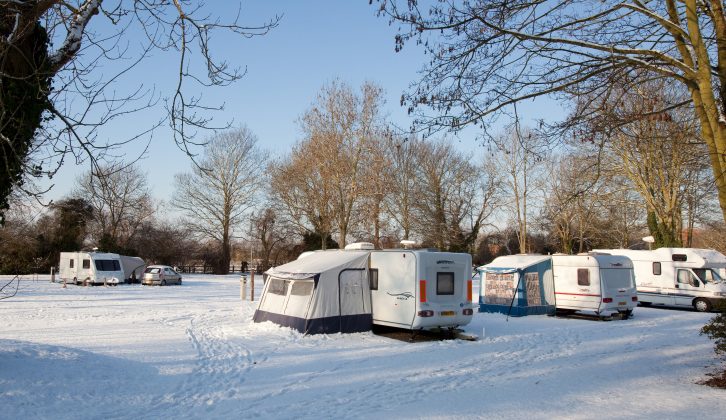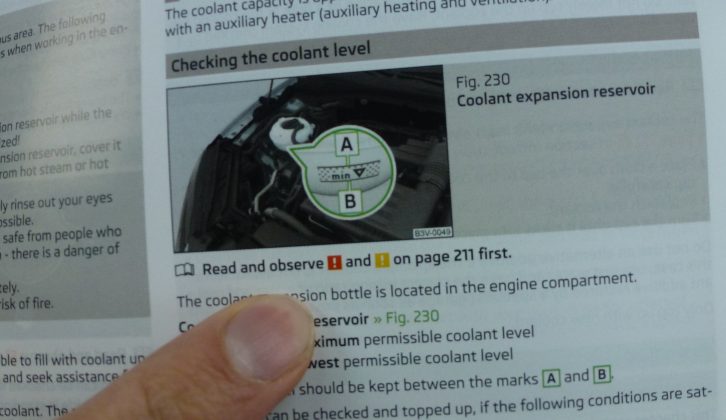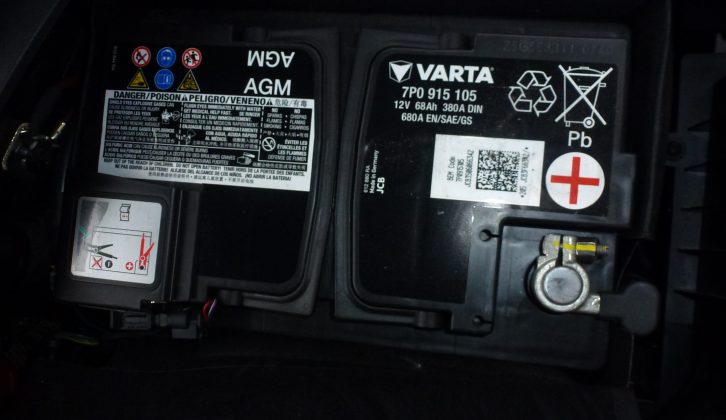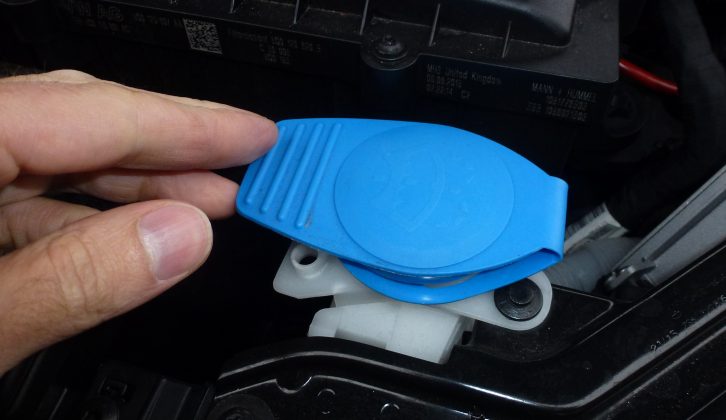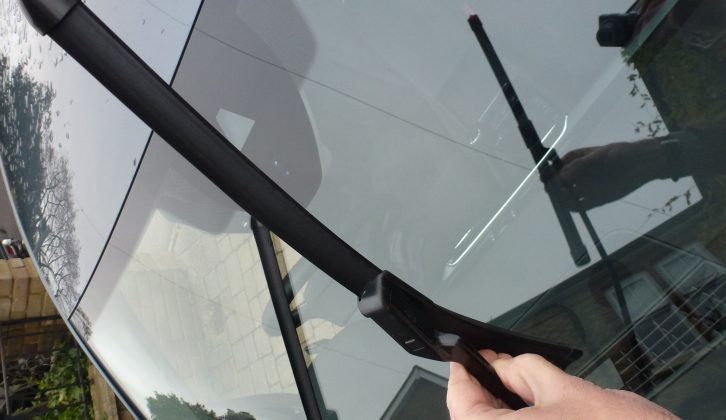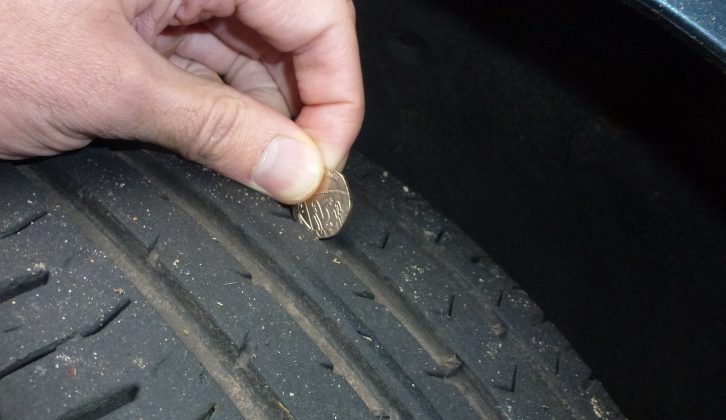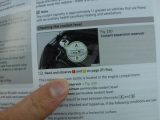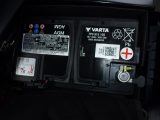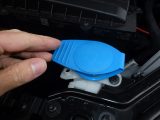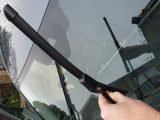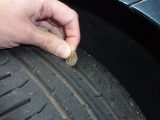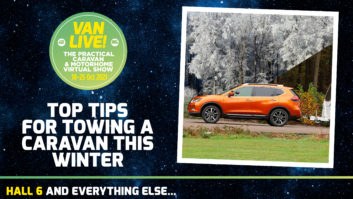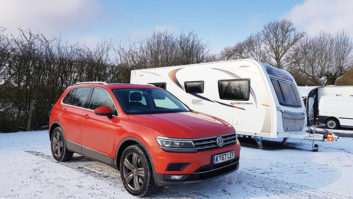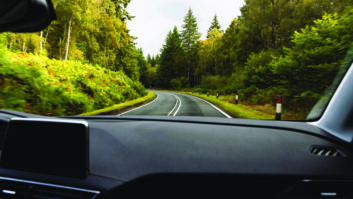It’s important your car is ready for winter driving conditions, and that goes double if you plan to continue towing your caravan all-year round.
Most of the steps to take are common sense, so apologies if much of this advice seems obvious – but here’s a reminder of how to get your tow car ready for winter.
Anti-freeze
Make sure your car has anti-freeze in the cooling system. It’s not expensive (expect to pay £10-£15 for a couple of litres), but a cracked engine block is. Check your car’s handbook to confirm the correct type of anti-freeze for your make and model. In general a 50/50 mix of anti-freeze and water should be about right, but again, follow the guidance in the handbook.
Battery
Winter is very tough on car batteries. It’s not just the low temperature, but the extra drain placed on the battery by having heaters on full blast, demisting the rear window, and using headlights for many journeys.
You can expect a battery to last five years or so, depending on the quality of the battery and the use it has been put to. Batteries will drain over time if the car is left idle, so if you don’t drive your tow car every day, make a point of starting the car up and giving it a run for five or 10 minutes every couple of weeks. Alternatively, you could invest in a trickle charger to make sure the battery doesn’t run flat.
Screenwash
With so much dirty water on the roads at this time of year, you can quickly run low on screenwash. Top up the screenwash level, and make sure the type you choose is suitable for cold conditions (the temperature range is usually given on the packaging).
Winter driving generally requires a stronger concentration of screenwash than driving in the summer. Follow the instructions on the packaging as to whether to mix the screenwash with water, and what the correct ratio is for winter weather.
Wiper blades
It’s easy to damage wiper blades if they become stuck to a frozen windscreen. So if there’s snow and ice on the windscreen, clear it away with a scraper and warm the glass with the heater rather than flicking the wipers across the frozen surface.
Inspect the blades regularly for general wear and tear, and if they are smearing rather than clearing the screen, replace them. The exact method varies from car to car, but it’s a quick and easy job.
Tyres
The belt and braces approach to winter driving is to replace summer tyres with winter ones. These don’t just grip better if there’s snow and ice about, they give more traction and superior braking performance once the temperature drops down to 7˚C or less. If you intend to take the caravan away for a festive holiday this Christmas, there’s no doubt that winter tyres will make for a safer journey on cold roads.
It might seem like a big expense, especially if the winter turns out to be a mild one. But you’ll be saving wear on your summer tyres while the winter rubber is fitted, and some tyre suppliers offer to take care of your summer tyres until you swap back, saving you the hassle of finding somewhere to store them.
Whether you decide to fit winter tyres or not, make sure your tyres are in good condition. Check the sidewalls for any cracks or bulges, and be sure there’s plenty of tread left. To stay the right side of the law, there should be at least 1.6mm of tread throughout a continuous band in the centre 3/4 of the tread and around the entire circumference. To check the tread depth, put a 20 pence piece in the tread. If the outer band is still visible the tyre is probably illegal.
While 1.6mm may be the legal minimum, you really don’t want to run your tyres with anything like so little tread. It’s more sensible to change them when the tread reaches around 3mm. Much less, and the ability of the treads to move water away from the road surface so the rubber can grip is compromised.
So, that’s how to get your car ready for winter. Watch out for another blog later this month on how to drive in wintry weather. And if you’re out and about, stay safe and enjoy your winter touring!
Top up the screenwash level in your car, and make sure the type you choose is suitable for cold conditions
